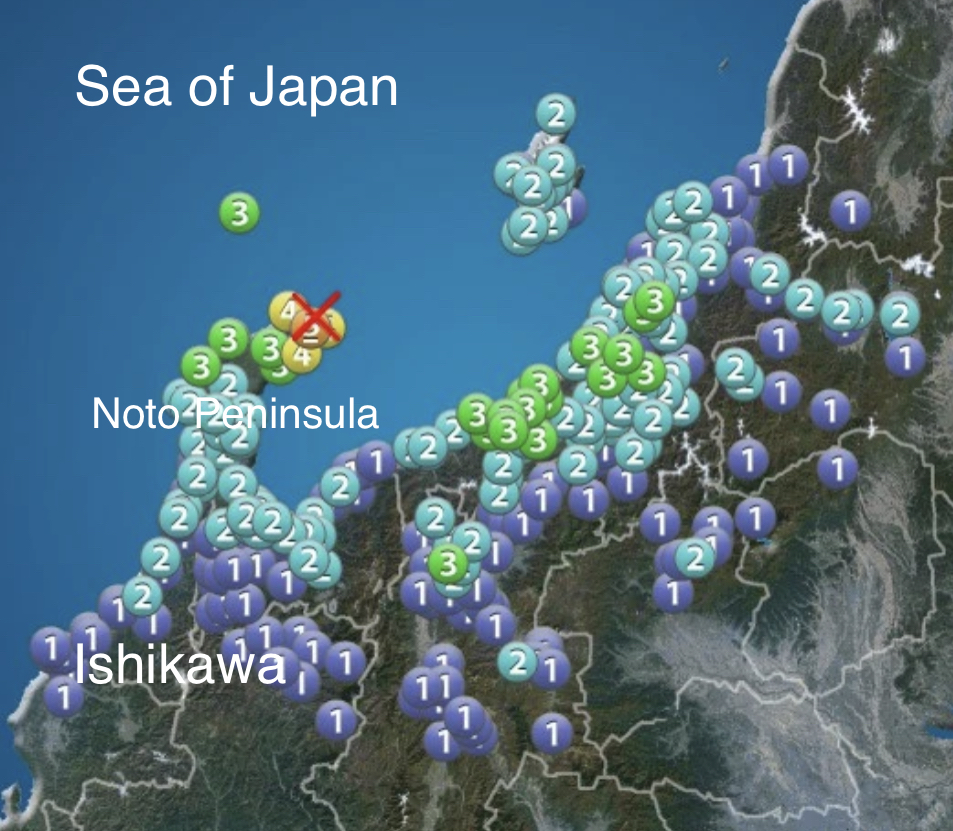Holy moly, folks, Mother Nature just slapped Russia across the face! A ferocious hurricane has ripped through Siberia, leaving a trail of chaos and, crucially for us finance junkies, significant disruption. According to the Russian Energy Ministry, over 59,000 people in the Krasnoyarsk Krai region are now sitting in the dark. That’s not just inconvenient, it’s a potential economic headache brewing.

But wait, it gets worse! The storm didn’t stop there. Hakassia Republic, the Altai Krai, and even Kemerovo Oblast are also reporting widespread power outages. We’re talking about potentially significant impacts on industrial output and local businesses – stuff that will ripple through the markets.
This isn’t just about burnt-out lightbulbs, people. Power outages like these can wreak havoc on everything from manufacturing to resource extraction – key pillars of the Russian economy. It’s a reminder of how fragile infrastructure can be when faced with extreme weather.
Let’s talk a bit about the vulnerabilities here. Siberia’s infrastructure, while robust in many ways, is often stretched thin across vast distances. These remote areas are particularly susceptible to disruptions, making them prime targets for weather-related incidents.
And it’s not just the immediate loss of power. Prolonged outages can damage equipment, disrupt supply chains, and even lead to social unrest. A cascading failure is a real concern, and this situation bears watching closely.
Furthermore, the timing is… interesting. With geopolitical tensions already high, events like this add another layer of uncertainty to the Russian economic outlook. While unlikely to cause a major crisis, it certainly doesn’t help. Investors, take note!
Key Takeaways: Understanding Infrastructure Resilience
Infrastructure resilience is paramount in modern economies. It’s the ability of systems to withstand, adapt to, and recover from disruptions like extreme weather events.
A nation’s infrastructure includes power grids, transportation networks, communication systems, and more. Its reliability is crucial for sustained economic activity.
Geographic factors play a massive role. Remote regions and areas prone to natural disasters face higher risk. Adequate investment in maintenance and upgrades are vital.
Economic impacts of outages can range from lost productivity to supply chain disruptions and even financial market volatility. Preparedness is a must.
Governments and private companies must prioritize infrastructure hardening and disaster preparedness to mitigate potential economic fallout.






